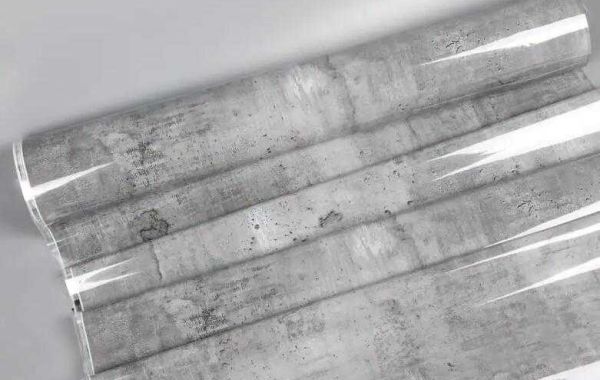Hot stamping foil has a rich history that dates back to the early 20th century, evolving from basic printing techniques to a sophisticated method widely used in modern manufacturing. Initially developed in the 1930s, the process utilized metal dies and simple foils to transfer designs onto paper and other materials. This technique was primarily employed for labeling and decorative purposes, particularly in the packaging industry.
In the 1950s, advancements in technology led to the introduction of more versatile and colorful foils, expanding the applications of hot stamping. The development of synthetic materials, such as polyester and polyvinyl chloride (PVC), allowed for greater variety and durability in foils. By the 1960s, hot stamping had become a popular choice for creating eye-catching finishes on luxury goods, including cosmetics and gift items.
The 1980s saw the introduction of computer-controlled machines, which improved precision and efficiency in the hot stamping process. This technological leap made it easier for manufacturers to produce intricate designs and customize products on a larger scale.
Today, hot stamping foil is an integral part of many industries, including packaging, textiles, and electronics. With a wide range of colors, finishes, and effects available, hot stamping foil continues to play a crucial role in enhancing product aesthetics and branding, demonstrating its lasting significance in the world of design and manufacturing.







